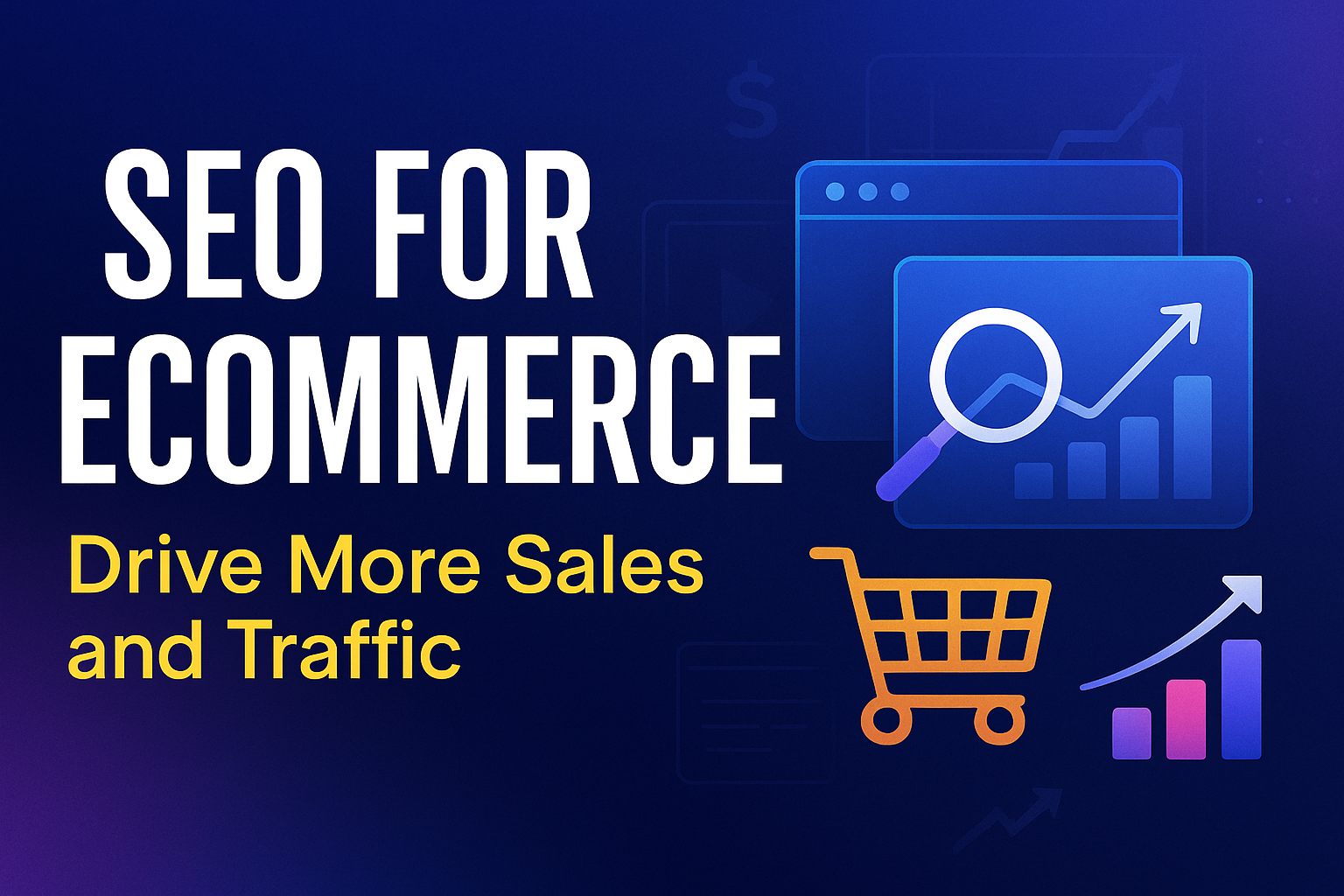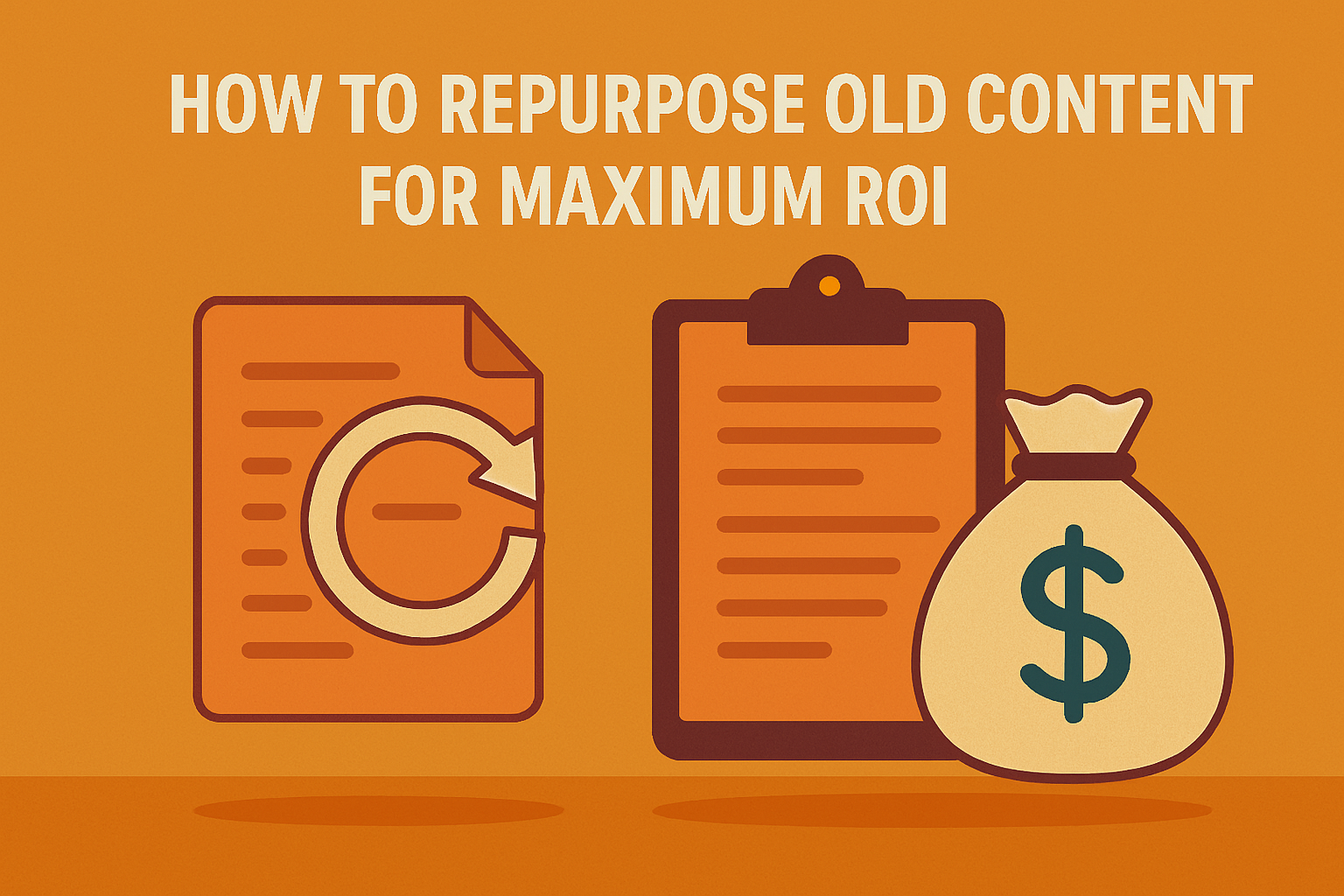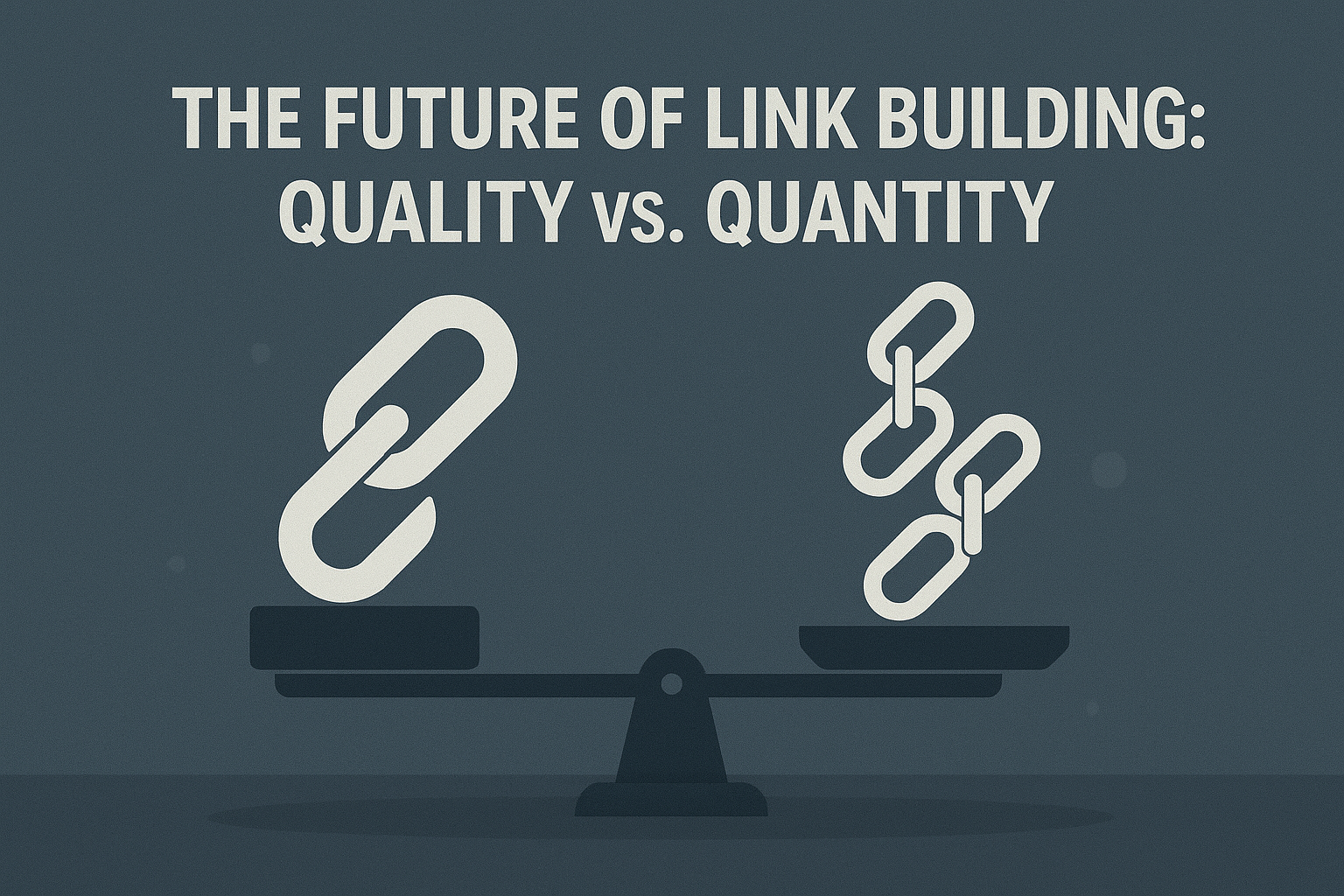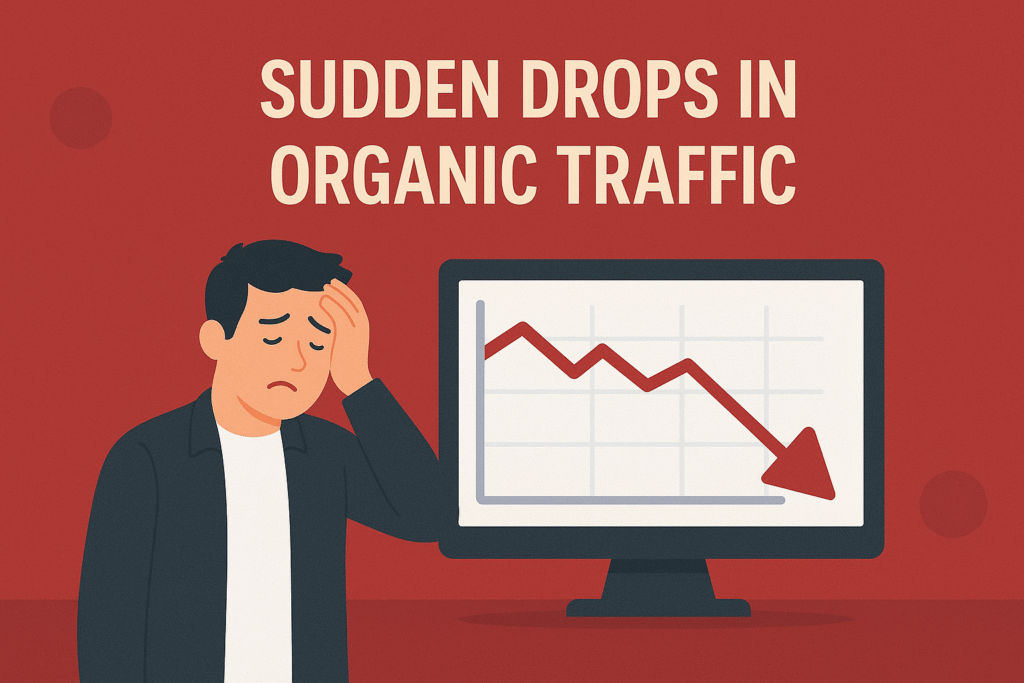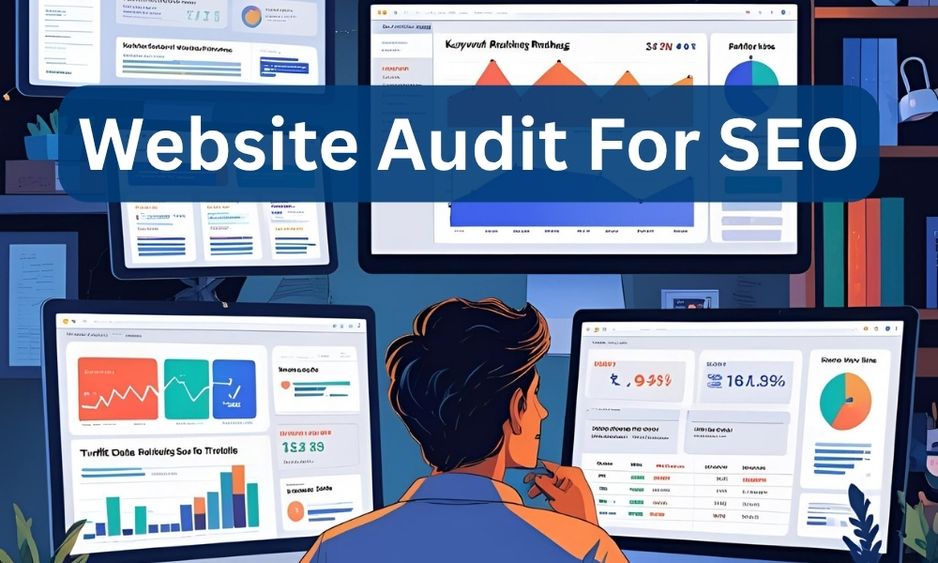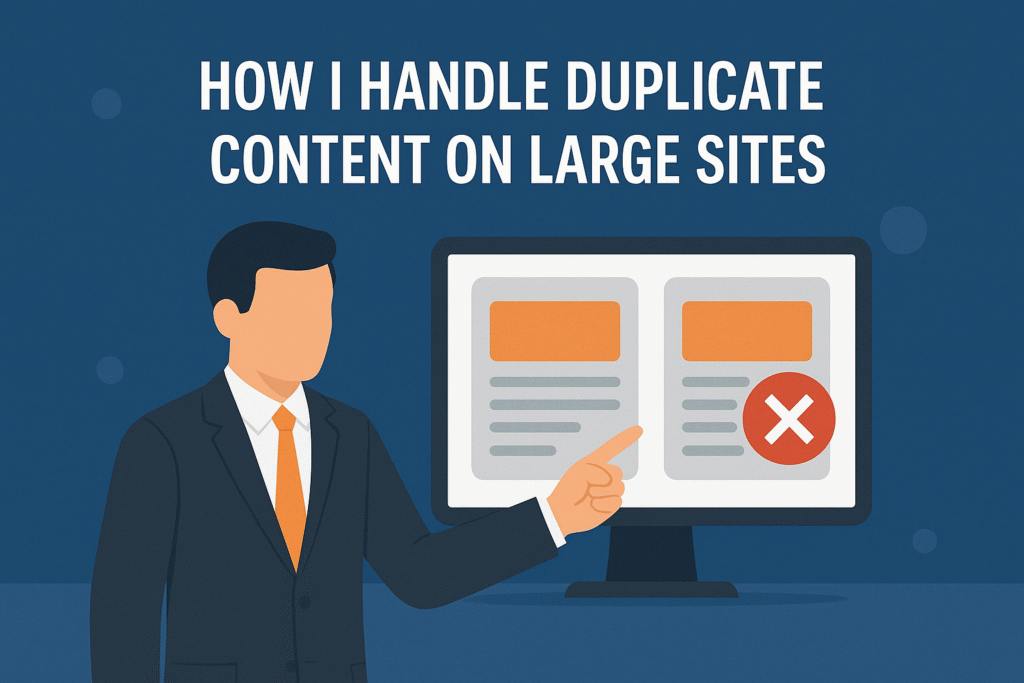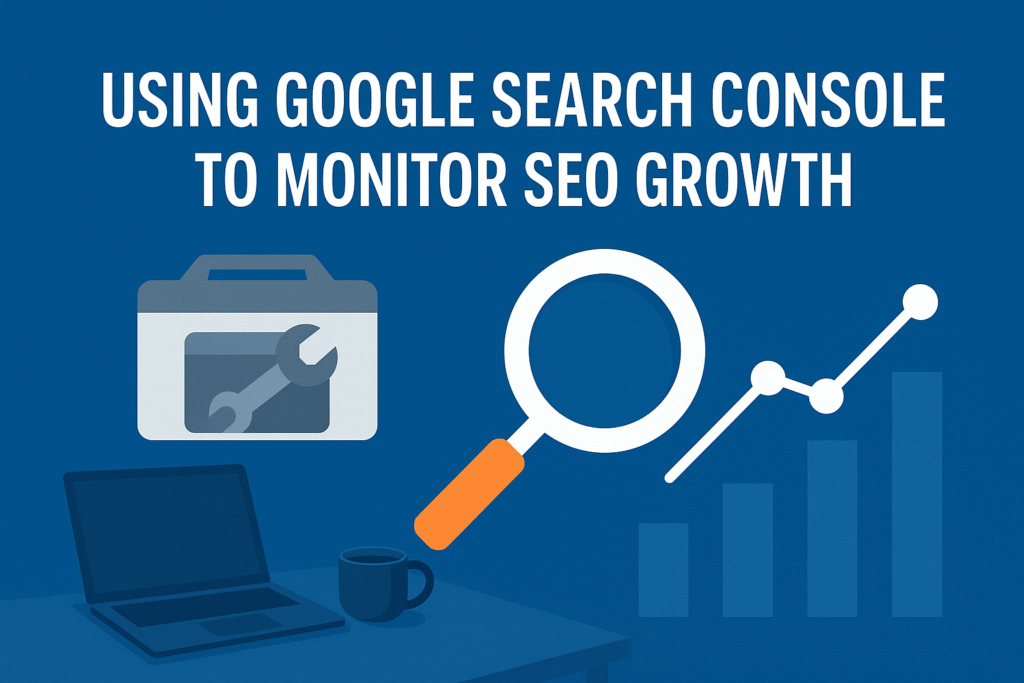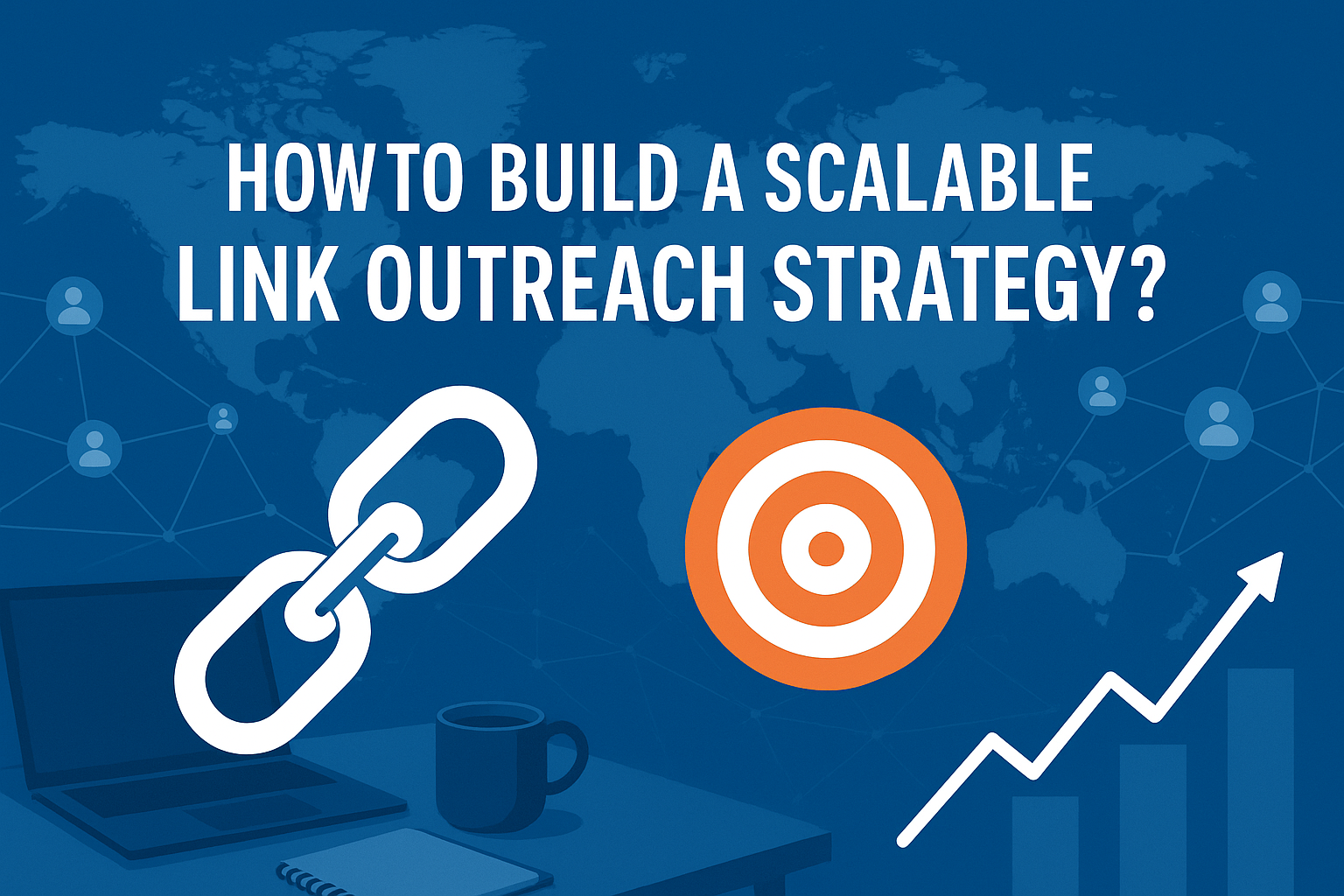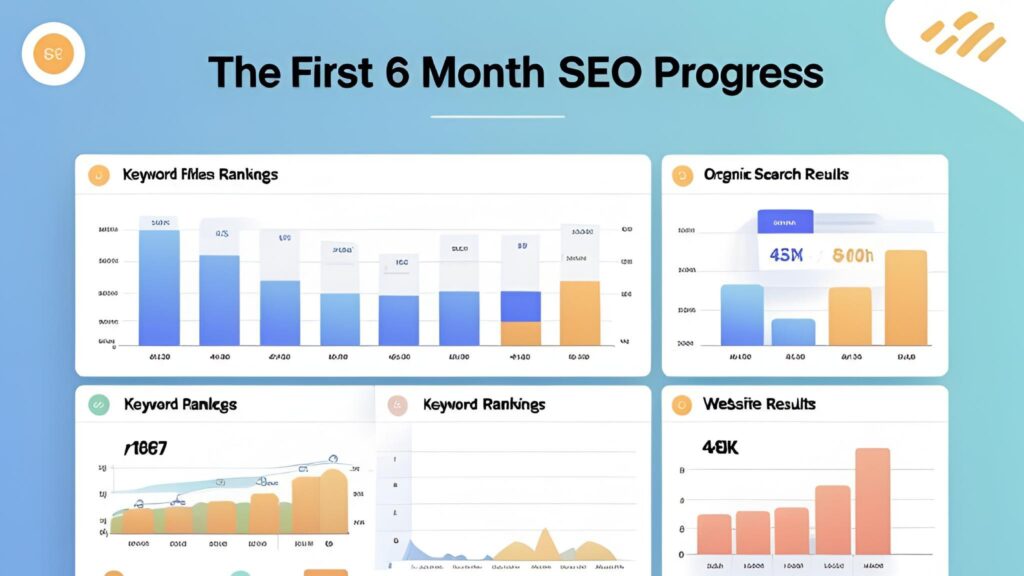If there’s one shift I’ve witnessed over the past few years in digital marketing, it’s that static content just doesn’t cut it anymore. People are scrolling past perfectly written blog posts, skipping infographics, and tuning out brand videos — not because they lack quality, but because they lack one key element: interaction. That’s why I’ve made it a habit to integrate what I now call a content engagement boosting technique in my strategy — and at the core of that is interactive content.
Whether I’m writing for a B2B brand or curating something for social media, interactive content consistently outperforms traditional content in dwell time, conversions, and user retention. Let me walk you through the science, strategy, and real-life execution of creating content that not only informs but invites action.
Why Interactive Content Works
Think about your own behavior online. When was the last time you stayed on a blog because of a static wall of text? Probably never. Now contrast that with the time you took a quiz, slid through a carousel, or clicked on a dynamic calculator to find your ideal marketing budget. You stayed, you explored, you engaged.
According to Content Marketing Institute, 81% of marketers say interactive content grabs attention more effectively than static content. That’s because it flips the dynamic — from passive reading to active participation.
This is the foundation of the content engagement boosting technique I use: Make the reader part of the experience.
What is a Content Engagement Boosting Technique?
In my personal framework, this is a process that integrates interactivity — think quizzes, calculators, assessments, polls — directly into your content. It’s not just for entertainment. It’s strategically designed to:
- Increase time on page
- Lower bounce rate
- Guide users through a value-based funnel
- Improve lead generation
In other words, it’s not fluff — it’s function.
1. Start with a Strong Hook That Promises Action
The first rule I follow when writing any interactive piece is simple: set the stage for engagement early. That means my intro isn’t just about what the content will deliver — it hints at what the user will do.
Some opening lines I use:
- “Take this 30-second quiz to discover your brand voice.”
- “Use the calculator below to estimate your content ROI.”
- “Choose your top priority, and I’ll show you a custom solution.”
That call-to-action tone sets the expectation for a two-way experience, not a lecture.
2. Choose the Right Type of Interactive Element
Not all interactivity is created equal. I always match the format to the audience’s intent and the stage of the funnel. Here’s a breakdown of formats I frequently use, especially when applying my content engagement boosting technique:
- Quizzes: Great for top-of-funnel awareness and personalization
- Calculators: Perfect for mid-funnel when users want value estimation
- Polls/Surveys: Ideal for social media and community insights
- Interactive Infographics: Helps deliver complex data in digestible visuals
- Assessments: Works well for B2B lead capture with email gating
Outgrow has an excellent gallery of real-world interactive content, and I often draw inspiration from their ideas.
3. Embed Interactivity Seamlessly into Your Content
Here’s where most marketers go wrong — they bolt on a quiz or embed a poll at the bottom of a page, hoping it’ll magically drive interaction. I’ve learned that interactive content must feel like a natural part of the narrative.
For example, if I’m writing a blog about SEO readiness, I might insert a short 3-question assessment in the middle that says:
“Not sure how optimized your website is? Answer these quick questions to find out.”
By placing the element contextually where the user might naturally have doubts or curiosity, I’m not just keeping them engaged — I’m guiding their learning journey.
4. Use External Tools to Create Quality Experiences
I personally use a combination of:
- Typeform for sleek quizzes and surveys
- Outgrow for calculators and ROI tools
- Canva for interactive presentations
- Google Forms for quick polls and feedback
These platforms integrate easily with websites and can be embedded into blogs, landing pages, or even emails.
5. Optimize Interactive Content for SEO
This is where the challenge comes in — making sure the interactivity doesn’t kill your rankings. I keep these key points in mind:
- Always wrap the interactive element in SEO-friendly copy
- Include a clear H2 or H3 with the focus keyword (in this case, “content engagement boosting technique”)
- Describe the purpose of the tool or quiz before and after it appears
- Use schema markup when applicable (like for quizzes or FAQs)
Google’s algorithm has gotten smarter. It now understands user behavior signals like dwell time and interaction — so embedded interactivity, when done right, can boost your page’s performance.
6. Analyze Results and Iterate
Every time I publish an interactive post, I track:
- Engagement rate (clicks or participation)
- Completion rate (how many finished the interaction)
- Scroll depth and bounce rate
- Conversion rate (if gated)
This helps me refine future content. Sometimes a quiz gets lots of clicks but few completions — that tells me I need to reduce the steps or make it more fun. Other times, a calculator might convert better when I reposition it higher on the page.
Real-Time Results From My Campaigns
Let me share a quick stat: When I added a “Find Your Ideal SEO Tool” quiz to one of my older blogs, the average time on page jumped from 1:42 to 3:08, and my bounce rate dropped by 23%. That’s the power of turning static content into an experience.
Even more impressive, that blog post alone generated 41 new leads in 30 days — just by asking users for their email before showing the quiz results.
Final Thoughts: Build Experiences, Not Just Content
In today’s attention economy, information isn’t enough — interaction is the currency that holds attention and builds trust. Whether I’m writing for a personal blog, a corporate client, or my own brand, I always ask: How can I make this more engaging?
The answer, nine times out of ten, is interactivity.
By using a targeted content engagement boosting technique, I don’t just publish — I involve. And in doing so, I turn readers into participants, prospects into leads, and content into connection.
Want to see how I create content that drives real results? Read my full breakdown on How to Write SEO-Friendly Content That Still Converts
Read More:
-
Engaging Content Writing Strategy: Science of Storytelling
-
Why SEO Takes Time: Understanding Google’s Ranking Factors
-
Content Clusters and Topic Authority: The New SEO Strategy
-
Technical SEO Best Practices for Maximum Website Performance
-
Overcoming the Fear of Learning New Skills: My Journey in Digital Marketing


